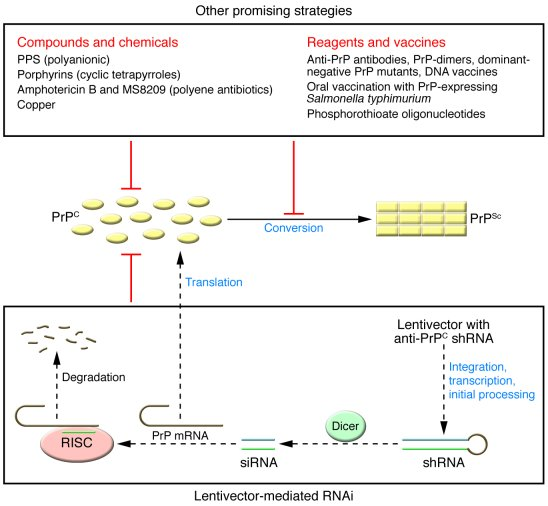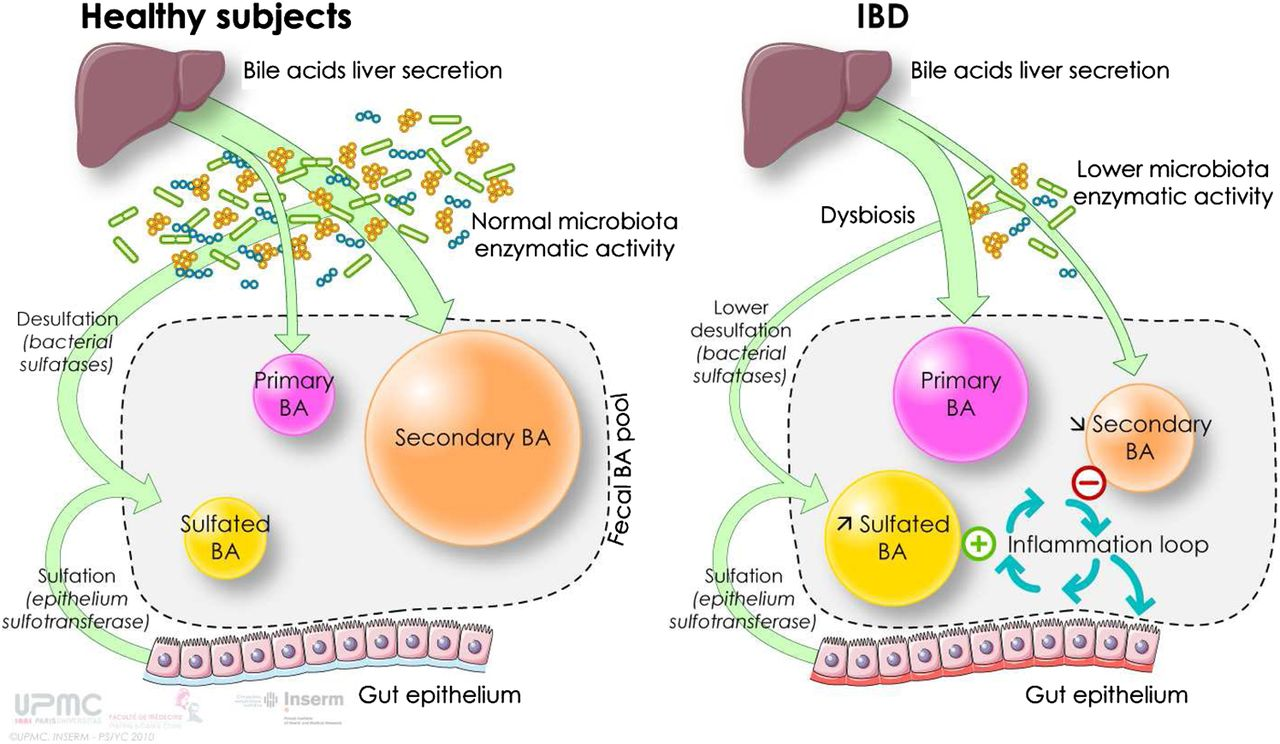Prion disease treatment represents a groundbreaking frontier in neuroscience, promising hope for individuals afflicted by these devastating conditions. These rare, invariably fatal disorders, such as Creutzfeldt-Jakob disease and fatal familial insomnia, arise from misshapen proteins that wreak havoc on the brain. Recent advances, particularly in gene-editing therapy, have revealed potential pathways to diminish the presence of these harmful proteins, potentially extending life expectancy for those impacted. The collaborative efforts of dedicated professionals, including patient scientists like Sonia Vallabh, are transforming the landscape of prion disease treatment by merging personal and scientific endeavors. As researchers continue to explore these promising neuroscience breakthroughs, the drive for effective therapies intensifies, paving the way for a future where prion diseases may no longer spell inevitable tragedy.
The journey toward effective therapies for prion disorders encompasses numerous challenges and breakthroughs, involving innovative approaches to tackle these life-threatening ailments. Underpinning the research are significant developments in genetic therapies aimed at correcting or mitigating the effects of abnormal protein folding in the brain, commonly associated with conditions like fatal familial insomnia. Collaborations between scientists and affected individuals manifest as a potent force for change, fueling the quest for remedies that could alter the course of diseases such as Creutzfeldt-Jakob. With a focus on the genetic underpinnings and advanced treatment modalities, this dialogue between patient and researcher is critical in navigating the complex landscape of prion disease treatment. As the scientific community strives for transformative solutions, the potential for clinical advancements shines brightly on the horizon.
Understanding Prion Diseases: A Critical Overview
Prion diseases encompass a group of rare and invariably fatal neurological disorders caused by misfolded proteins in the brain. Among the most well-known of these conditions are Creutzfeldt-Jakob disease, fatal familial insomnia, and Gerstmann-Sträussler-Scheinker disease. Each of these diseases leads to severe neurodegeneration, and the exact mechanism of how prions cause damage remains a key area of research in neuroscience. As the scientific community aims to unravel the complexities of prion diseases, understanding their genetic and molecular basis is crucial for developing effective treatments.
Recent studies highlight the genetic factors influencing prion diseases, particularly those associated with inherited mutations in the prion protein gene. These mutations contribute to approximately 15% of the cases, while the majority are sporadic, meaning they occurs without any known cause. By identifying the genetic underpinnings of these diseases, researchers hope to gain critical insights into their pathogenesis and potential therapeutic approaches. This knowledge not only contributes to the scientific understanding of prions but also fosters hope among patients and families affected by these disorders.
Frequently Asked Questions
What recent breakthroughs in neuroscience could lead to effective prion disease treatment?
Recent neuroscience breakthroughs, particularly in gene-editing therapies, show promise for treating prion disease. Researchers at the Broad Institute demonstrated that altering a single base in the prion protein gene significantly reduced the production of toxic proteins in mouse models of diseases like Creutzfeldt-Jakob Disease, which could pave the way for future treatments in humans.
How does gene-editing therapy target prion diseases like fatal familial insomnia?
Gene-editing therapy targets prion diseases by directly altering the genetic code responsible for producing harmful prion proteins. In studies, techniques developed by researchers have successfully reduced these proteins in mice, marking a significant step toward potential treatments for conditions such as fatal familial insomnia.
What are the challenges in developing prion disease treatments using gene-editing?
Developing prion disease treatments through gene-editing faces numerous challenges, including ensuring safety from viral vectors used to deliver the editing tools, refining the precision of gene alteration, and conducting extensive human trials, which are several years away.
Can you explain the patient-scientist collaboration in prion disease treatment research?
The patient-scientist collaboration is crucial in prion disease research, as individuals like Sonia Vallabh, who is directly affected by fatal familial insomnia, motivate the scientific community to pursue effective treatments. This partnership facilitates the combination of personal experience with scientific expertise, enhancing the research process.
What is the significance of the recent study on prion disease treatment published in Nature Medicine?
The recent study published in Nature Medicine is significant because it demonstrates a breakthrough in gene-editing as a viable treatment for prion diseases. The findings indicated a remarkable reduction of harmful prion protein levels in mice by 50%, suggesting a potential route for developing therapies for conditions like Creutzfeldt-Jakob Disease.
How do prion diseases like Creutzfeldt-Jakob disease affect the brain?
Prion diseases, including Creutzfeldt-Jakob disease, lead to severe brain damage and dementia due to the accumulation of misfolded prion proteins that disrupt normal brain function, ultimately resulting in fatal neurodegenerative symptoms.
What role does collaborative research play in advancing prion disease treatment?
Collaborative research plays a vital role in advancing prion disease treatment by pooling expertise from multiple disciplines. This collaboration enhances the development of gene-editing technologies and therapeutic strategies tailored to combat the unique challenges posed by prion diseases.
What are the next steps in the development of gene-editing therapies for prion diseases?
The next steps in developing gene-editing therapies for prion diseases include refining delivery mechanisms for gene-editing tools, conducting preclinical evaluations, and preparing for human clinical trials, which remain several years away due to regulatory and safety concerns.
How can understanding the genetic basis of fatal familial insomnia lead to better prion disease treatments?
Understanding the genetic basis of fatal familial insomnia allows researchers to develop targeted gene-editing strategies to correct or mitigate the effects of the specific mutations responsible for the disease, potentially leading to more effective prion disease treatments.
| Key Point | Details |
|---|---|
| Prion Disease Overview | A group of rare, fatal disorders caused by misfolded proteins, including conditions like Creutzfeldt-Jakob disease and fatal familial insomnia. |
| Research Breakthrough | The alteration of a base in a gene can reduce harmful protein levels by half and extend lifespan in mice by 52%. |
| Personal Connection | Sonia Vallabh, a researcher, tested positive for prion disease and focuses her work on finding a treatment. |
| Collaborative Effort | Research involves a teamwork approach between experts, led by David Liu among others, to develop a gene-editing therapy. |
| Future Steps | Human trials are several years away, requiring further refinement of the gene editing technology and ensuring safety. |
Summary
Prion disease treatment is advancing, as recent research indicates promising steps toward a possible therapy. Breakthroughs in gene-editing techniques show potential to significantly reduce the accumulation of toxic proteins responsible for these conditions. With dedicated patient-scientists like Sonia Vallabh leading the charge and a collaborative team of researchers, the goal of translating these scientific discoveries into effective human treatments is growing closer. While challenges remain before actual human trials can commence, the commitment and personal stakes involved in this research provide hope for those affected by prion diseases.




